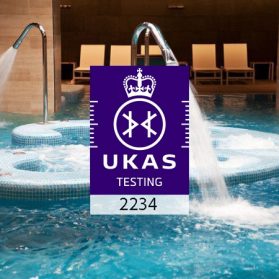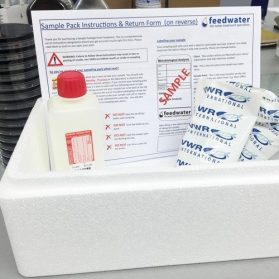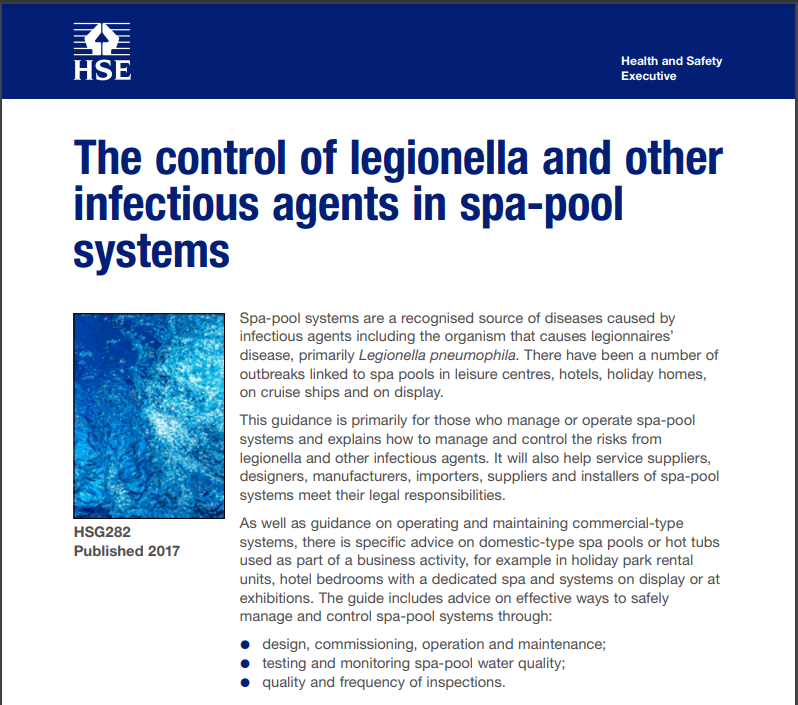Spas & Hot tubs are a popular way for people to relax and unwind, but did you know that they can also be a breeding ground for harmful bacteria?
One such bacterium is Pseudomonas aeruginosa, which can cause a range of infections including folliculitis rashes as well as otitis media and otitis interna middle and inner ear infections.
Pseudomonas aeruginosa is a gram-negative, rod-shaped bacterium that is commonly found in soil and water. It is known for its ability to survive in a wide range of environments and can thrive in the warm waters of hot tubs and jacuzzis, where it can reproduce rapidly. While Pseudomonas aeruginosa under normal environments is generally not harmful to healthy individuals in hot tubs the risk is higher. The bacteria can cause serious infections in those with weakened immune systems and those who have open wounds as well.
One of the most common infections caused by Pseudomonas aeruginosa in hot tubs is folliculitis Folliculitis is an infection of the hair follicles that causes itchy, red bumps on the skin. It is usually caused by bacteria, and in hot tubs, Pseudomonas aeruginosa can easily enter hair follicles through small cuts or abrasions on the skin. The warm, humid environment of a hot tub provides the perfect conditions for the bacteria to grow and spread. In tubs with inadequate chemical microbial control, this can lead to a widespread outbreak of folliculitis among hot tub users.
Another serious infection that can be caused by Pseudomonas aeruginosa in hot tubs is otitis media and otitis interna, which are middle and inner ear infections. These infections can be extremely painful and can cause hearing loss if left untreated. Pseudomonas aeruginosa can enter the ear canal through the water in a hot tub and then infect the delicate tissues of the middle and inner ear. This is more likely to occur in individuals who have recently had a cold or other upper respiratory infections, as the bacteria can easily enter the ear through the Eustachian tube.
Preventing infections caused by Pseudomonas aeruginosa in hot tubs requires a combination of good hygiene practices and proper maintenance of the hot tub itself. Hot tub users should always shower before entering the tub and should avoid submerging their head in the water. Hot tubs should also be properly cleaned and disinfected on a regular basis, and the water should be tested frequently to ensure that the chemical balance is correct. Hot tubs should also be drained and refilled regularly to prevent the buildup of bacteria and other harmful contaminants.
Where a hot tub is provided as part of a holiday let or other rented accommodation, it is important for the owner to regularly test the water for microbial parameters associated with hygiene and Legionella to provide evidence that their biocidal treatment regime is effective controlling bacteria such as Pseudomonas and more importantly Legionella which exposure to in the aerosol of water spray can cause a form of pneumonia.
To find out more on testing your hot tubs and spas Feedwater has a water analysis package developed for Pool and Spa owners.
Guidance on The control of legionella and other infectious agents in spa-pool systems is available in the form of HGS 282 from the HSE which you can download.







